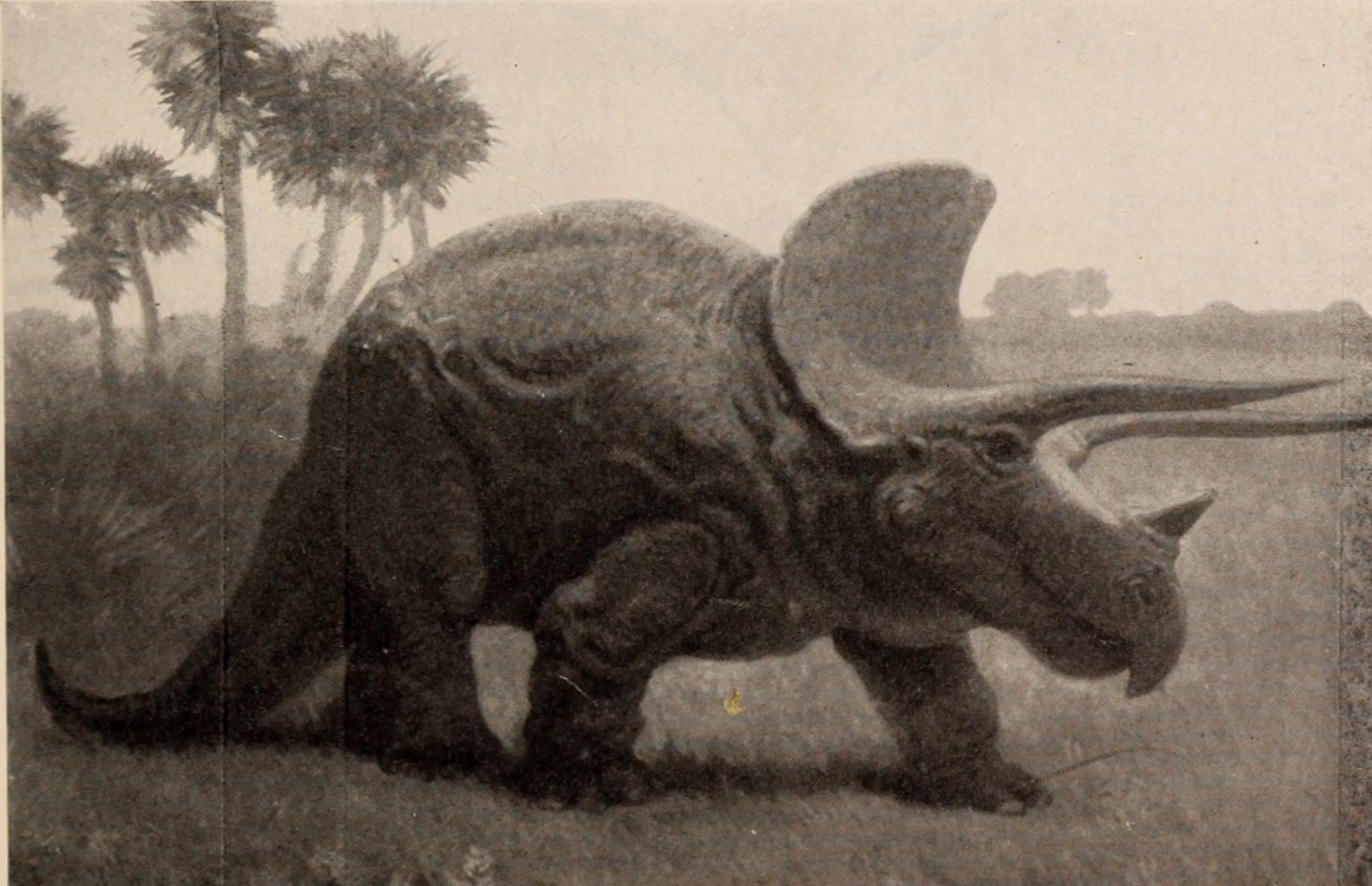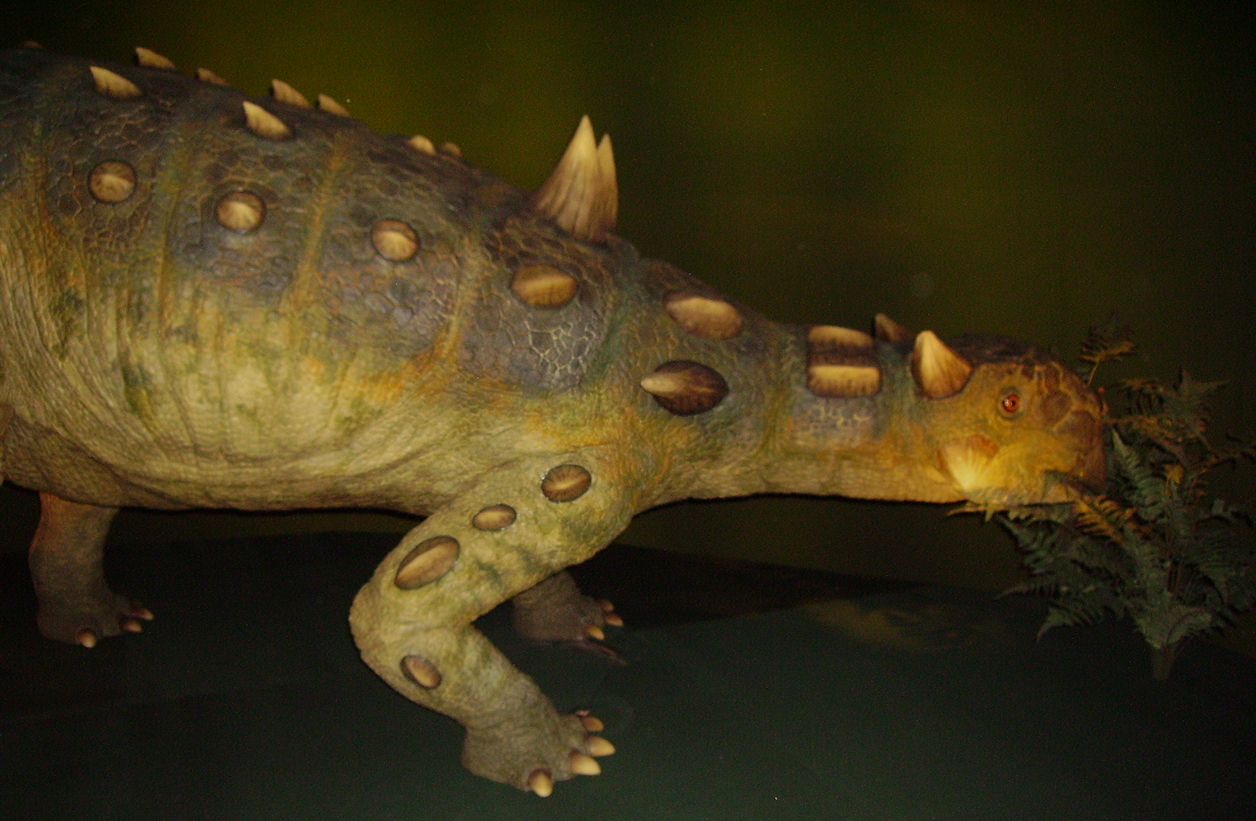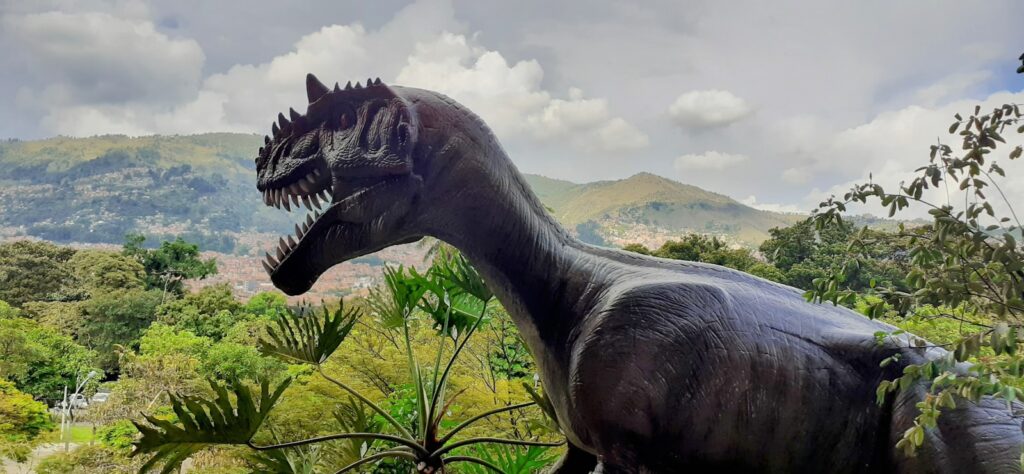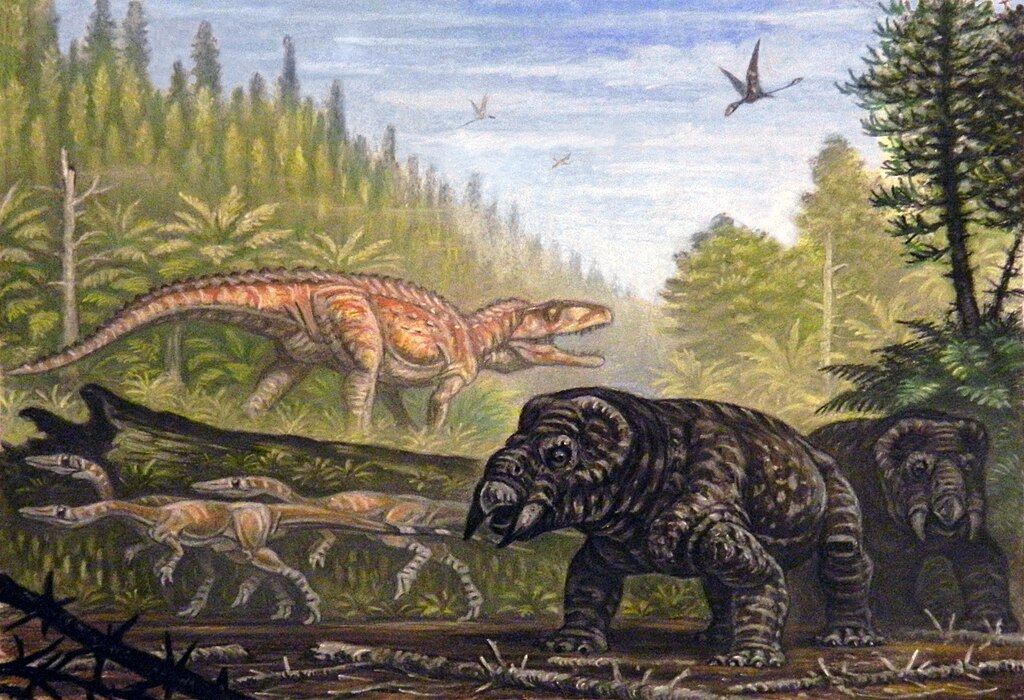When you think about dinosaur movies, your mind probably jumps to massive blockbusters with earth-shaking CGI and roaring T-Rexes. But what happens when filmmakers take these prehistoric giants and filter them through the lens of found footage horror? The answer is something surprisingly different – a movie that dares to ask what would really happen if a small expedition stumbled upon living dinosaurs in the heart of the African jungle.
The Dinosaur Project, released in 2012, represents one of cinema’s most ambitious attempts to merge paleontological wonder with raw, handheld terror. This British production threw audiences into the deep end of the Congo Basin, where a cryptozoology expedition discovers that extinction might not be as final as we thought.
The Genesis of a Prehistoric Adventure

The brainchild of director Sid Bennett, The Dinosaur Project emerged from a simple yet compelling question: what if dinosaurs never actually went extinct? Bennett, known for his work on various British television productions, wanted to create something that felt authentic and immediate. The found footage approach wasn’t chosen for budget reasons alone – it was a deliberate artistic choice to make audiences feel like they were witnessing real discoveries.
The film’s production team spent months researching actual paleontological expeditions and cryptozoology missions. They studied how real scientists document their fieldwork, from the technical jargon they use to the way they handle equipment under pressure. This attention to detail shows in every shaky camera movement and hushed conversation between characters.
What makes this origin story particularly fascinating is how the filmmakers approached the scientific aspects. Rather than simply creating movie monsters, they consulted with paleontologists to ensure their dinosaurs moved and behaved in ways that aligned with current scientific understanding of these ancient creatures.
Found Footage Meets Fossil Science
The marriage between found footage cinematography and paleontological storytelling creates a unique viewing experience that feels both intimate and educational. Unlike traditional dinosaur films that rely on sweeping camera movements and orchestral scores, The Dinosaur Project forces viewers to experience these encounters through the eyes of the expedition team. Every dinosaur sighting feels like a genuine discovery rather than a choreographed set piece.
The handheld camera work serves multiple purposes in this context. It simulates the authentic documentation style that real paleontologists use in the field, complete with technical difficulties and human error. When characters fumble with equipment or struggle to keep the camera steady during tense moments, it mirrors the real challenges faced by researchers working in remote locations.
This approach also allows the film to build tension through what isn’t shown rather than what is. The audience only sees glimpses of creatures through foliage, partial shots of massive legs, or the aftermath of encounters. This restraint actually makes the dinosaurs feel more real and threatening than if they were constantly on display.
The Congo Basin as Prehistoric Playground
Setting the story in the Congo Basin wasn’t just about finding an exotic location – it was about choosing one of the few places on Earth where such discoveries might actually be plausible. The Congo Basin represents one of the last truly unexplored frontiers, where new species are still being discovered regularly by real scientists. This lends credibility to the film’s central premise that larger, more extraordinary creatures might still exist in its depths.
The filmmakers captured the oppressive atmosphere of the African jungle with remarkable authenticity. The constant humidity, dense vegetation, and disorienting landscape become characters in their own right. Every rustle in the underbrush could be wind, wildlife, or something much more ancient and dangerous.
The choice of location also reflects real paleontological history. Africa has yielded some of the most significant dinosaur discoveries in recent decades, including several species that have revolutionized our understanding of these creatures. By grounding their fictional expedition in this factual context, the filmmakers create a believable foundation for their extraordinary story.
Character Development Through Crisis

The Dinosaur Project succeeds in developing its characters through the lens of scientific discovery and survival horror. Each expedition member brings different expertise and motivations to the mission, creating natural conflicts that feel authentic rather than manufactured. The team includes a seasoned cryptozoologist, a skeptical cameraman, and local guides who understand the jungle’s dangers better than anyone.
As the expedition progresses and encounters become more frequent, we see how each character responds to the impossible made real. The scientist’s excitement wars with his trained skepticism, while the cameraman struggles between documenting everything and simple survival. These reactions feel genuine because they mirror how real people might respond to such extraordinary circumstances.
The film also explores the ethical implications of such discoveries. Should they document everything for science, or should some secrets remain hidden? This internal conflict adds depth to characters who could easily have been reduced to simple archetypes in less thoughtful hands.
The Science Behind the Spectacle
One of the most impressive aspects of The Dinosaur Project is its commitment to paleontological accuracy within its fictional framework. The dinosaurs featured in the film aren’t just generic monsters – they’re based on real species with behaviors and characteristics that align with current scientific understanding. The filmmakers worked with paleontological consultants to ensure that their creatures moved, hunted, and interacted in ways that would be expected from the fossil record.
The film features several different dinosaur species, each serving different roles in the ecosystem they’ve discovered. There are massive herbivores that move in herds, smaller predators that hunt in packs, and apex predators that rule their territories with calculated intelligence. This ecosystem approach makes the prehistoric world feel lived-in and authentic rather than simply populated with random monsters.
Even the expedition’s methods reflect real paleontological practices. The team uses GPS tracking, digital cameras, and sampling techniques that mirror actual fieldwork. When they discover evidence of dinosaur activity, they document it using the same protocols that real scientists would employ in the field.
Visual Effects on a Shoestring Budget

Creating convincing dinosaurs without a Hollywood budget required innovative thinking and careful planning. The Dinosaur Project’s visual effects team relied heavily on practical effects, careful framing, and strategic use of CGI to create believable creatures. Rather than attempting to show everything, they focused on creating moments of impact that would stick with audiences long after the credits rolled.
The film’s most effective sequences often show very little directly, instead relying on practical effects like animatronics and puppetry for close-up interactions. When CGI is used, it’s employed strategically to enhance practical elements rather than replace them entirely. This hybrid approach creates a more tactile, believable experience than pure digital effects might have achieved.
The creature design team studied actual dinosaur anatomy and behavior to inform their creations. They paid particular attention to how these animals would move through dense jungle terrain, how their size would affect their interactions with the environment, and how they might react to human intrusion into their territory.
Audio Design and Atmospheric Terror
The sound design in The Dinosaur Project deserves special recognition for creating an immersive prehistoric atmosphere. The film’s audio team layered authentic jungle sounds with carefully crafted creature vocalizations to create an environment that feels both familiar and alien. Every crack of a branch, splash of water, or distant roar contributes to the mounting tension.
The dinosaur vocalizations themselves represent a fascinating blend of scientific speculation and creative interpretation. Since we can’t know exactly how these creatures sounded, the team based their audio on modern animals with similar physical characteristics and behaviors. The result is a soundscape that feels both ancient and immediate.
The film also uses silence effectively, creating moments of absolute quiet that make every subsequent sound feel magnified and threatening. This technique mirrors real jungle experiences, where the absence of natural sounds often indicates the presence of a major predator.
Paleontological Plausibility and Creative License
While The Dinosaur Project takes significant creative liberties with its central premise, it maintains surprising fidelity to paleontological science in its details. The film acknowledges that its basic scenario – living dinosaurs in modern Africa – is scientifically implausible, but it explores that scenario with respect for what we actually know about these creatures.
The expedition’s discoveries align with real paleontological findings about dinosaur behavior, social structures, and environmental adaptations. The film suggests that these creatures have survived by adapting to their jungle environment over millions of years, which provides a logical framework for their continued existence.
The scientific discussions between characters reflect actual debates within paleontology about dinosaur intelligence, behavior, and extinction. These conversations add educational value to the entertainment, introducing audiences to real scientific concepts through the vehicle of fictional discovery.
The Human Element in Prehistoric Horror
Beyond its dinosaur encounters, The Dinosaur Project explores very human themes of discovery, ambition, and responsibility. The expedition members each have personal stakes in their mission’s success, creating conflicts that extend beyond simple survival. The film examines how the prospect of world-changing discoveries can drive people to take increasingly dangerous risks.
The relationships between team members evolve as their situation becomes more desperate. Professional disagreements become personal conflicts, and individual survival instincts clash with group loyalty. These dynamics feel authentic because they reflect real human behavior under extreme stress.
The film also touches on the broader implications of such discoveries. What would it mean for science, for our understanding of evolution, for the very concept of extinction? These questions add philosophical depth to what could have been a simple monster movie.
Technical Challenges of Jungle Filmmaking

The production of The Dinosaur Project faced numerous technical challenges that mirror those encountered by real scientific expeditions. Filming in jungle conditions means dealing with equipment failures, weather delays, and the constant threat of losing footage to environmental hazards. The filmmakers incorporated these real challenges into their fictional narrative, making the expedition’s struggles feel authentic.
The found footage format actually worked in the production’s favor when dealing with these technical issues. Equipment malfunctions, poor lighting, and shaky camera work that might have been problems in traditional filmmaking became integral parts of the storytelling experience. Every technical glitch reinforced the illusion that audiences were watching real documentation rather than a scripted film.
The crew also had to consider the logistics of creating convincing dinosaur encounters in dense jungle terrain. This required careful planning of shot compositions, lighting setups, and creature placements to maintain the illusion of reality while working within budget constraints.
Cryptozoology and Scientific Skepticism
The Dinosaur Project exists at the intersection of cryptozoology and mainstream paleontology, exploring the tension between scientific skepticism and the desire to believe in the extraordinary. The film’s characters embody different approaches to unexplained phenomena, from the true believer who sees evidence everywhere to the skeptic who demands rigorous proof.
This dynamic reflects real debates within the scientific community about how to approach claims of unknown or presumed extinct species. The film presents both perspectives fairly, showing how personal investment in theories can cloud judgment while also acknowledging that extraordinary discoveries sometimes require extraordinary open-mindedness.
The expedition’s progression from skepticism to belief mirrors the scientific process itself. Initial dismissal gives way to careful observation, which leads to hypothesis formation and eventually to the acceptance of evidence-based conclusions. This journey makes the characters’ transformation feel earned rather than forced.
Cultural Impact and Genre Innovation
The Dinosaur Project carved out a unique niche in both the found footage horror genre and dinosaur cinema. It demonstrated that prehistoric creatures could be effectively portrayed through intimate, documentary-style filmmaking rather than relying solely on epic spectacle. This approach has influenced subsequent films that blend scientific themes with horror elements.
The film’s treatment of dinosaurs as intelligent, adaptive creatures rather than simple monsters has contributed to changing popular perceptions of these animals. It aligns with modern paleontological understanding that presents dinosaurs as complex, sophisticated animals rather than the lumbering beasts of earlier cinema.
The movie also succeeded in making paleontology and cryptozoology accessible to mainstream audiences. By presenting scientific concepts through the lens of adventure and discovery, it introduced viewers to real paleontological practices and theories in an entertaining format.
Legacy and Lessons for Future Filmmakers
The Dinosaur Project offers valuable lessons for filmmakers working with limited budgets and ambitious concepts. Its success demonstrates that creative approaches to familiar genres can yield fresh, engaging results. The film proves that audience investment comes from character development and authentic storytelling rather than expensive special effects.
The movie’s scientific grounding also shows how research and consultation with experts can elevate genre material beyond simple entertainment. By taking their subject matter seriously, the filmmakers created a work that appeals to both casual viewers and those with deeper knowledge of paleontology.
The film’s approach to creature design and practical effects has influenced other low-budget productions dealing with prehistoric themes. Its emphasis on suggestion over explicit display has become a template for creating effective monster movies without massive visual effects budgets.
Conclusion: When Science Meets Imagination
The Dinosaur Project succeeds because it respects both its scientific foundations and its audience’s intelligence. Rather than simply using dinosaurs as generic monsters, the film treats them as complex creatures worthy of scientific study and genuine wonder. The found footage approach serves the story by creating intimacy and authenticity that traditional cinematography might have undermined.
The film’s greatest achievement lies in its ability to make the impossible feel plausible through careful attention to scientific detail and human psychology. It shows that effective genre filmmaking doesn’t require enormous budgets – just creative vision, thorough research, and respect for the material.
By blending paleontological accuracy with cryptozoological speculation, The Dinosaur Project creates something unique in both dinosaur cinema and found footage horror. It reminds us that the most compelling monsters are often those that feel real enough to encounter in our own world. What would you do if you stumbled upon living dinosaurs in the depths of an unexplored jungle?



